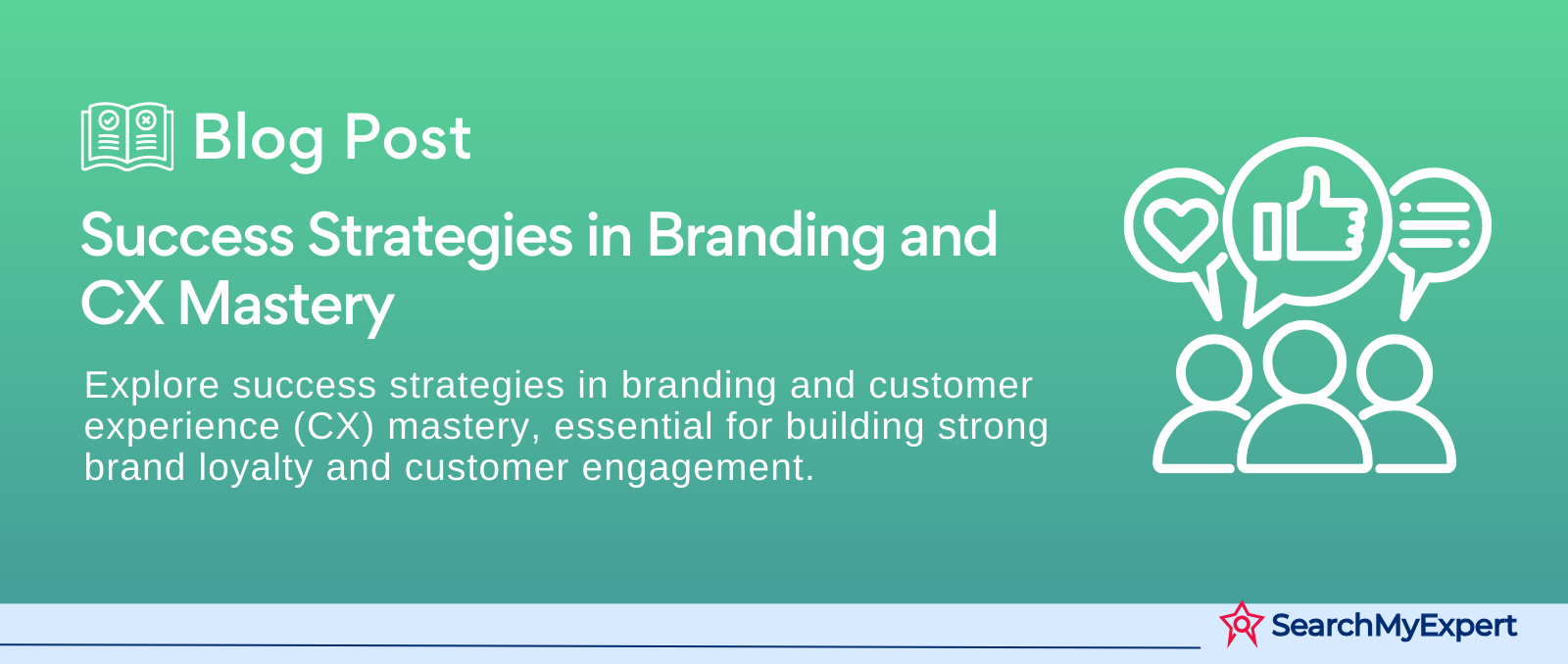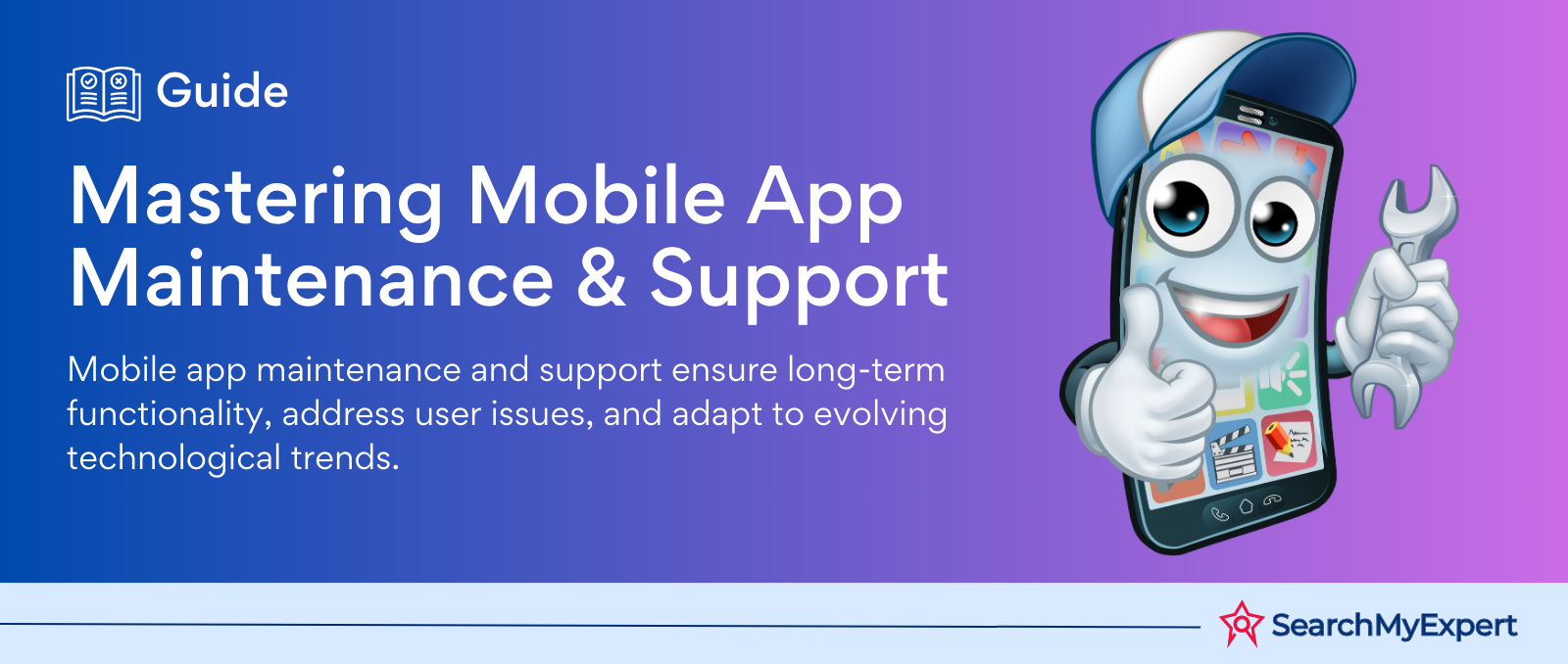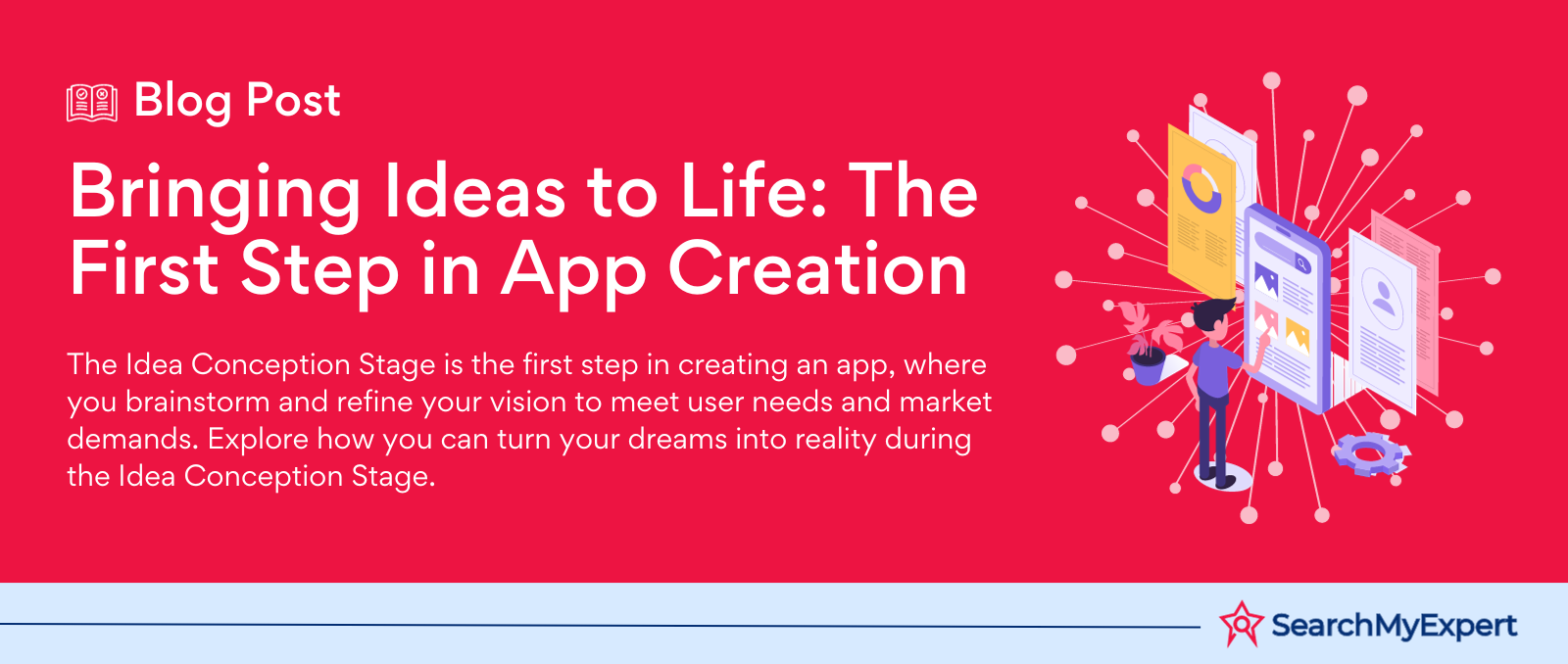Success Strategies in Branding and CX Mastery

Branding and Customer Experience: Interwoven Threads of Business Success
The Essence of Branding
Branding is more than a logo or a catchy tagline; it's the heart and soul of a business. At its core, branding encompasses:
- Logo: A visual symbol representing the brand.
- Tagline: A memorable phrase encapsulating the brand's essence.
- Brand Message: The fundamental values and promises a brand conveys to its audience.
Unraveling Customer Experience (CX)
Customer Experience (CX) refers to the totality of interactions and feelings a customer has with a brand throughout their journey. It's about perception, emotions, and reactions, shaping customer loyalty and satisfaction.
Weaving Together Branding and CX
The interconnectedness of branding and CX lies in their mutual goal: creating a lasting impression. A strong brand shapes customer expectations, while an excellent CX fulfills and surpasses these expectations, creating a harmonious synergy that drives business success.
The Power of Brand Perception: Shaping Customer Minds and Actions
Crafting Customer Perceptions Through Branding
The Mirror of Brand Identity
Branding acts as a mirror reflecting a company's identity. It's not just a visual or auditory symbol; it embodies the company's values, mission, and personality. This reflection shapes how customers perceive and relate to the brand. It’s about creating a narrative that resonates with the audience, making the brand memorable and distinct.
The Role of Emotional Connection
Emotional connection is at the heart of brand perception. Brands that evoke strong emotions - be it trust, happiness, or a sense of belonging - forge deeper connections with their audience. This emotional resonance is what transforms first-time buyers into loyal customers.
Brand Consistency: The Cornerstone of Perception
Consistency Across Touchpoints
A consistent brand message across all touchpoints – from advertising to customer service – is crucial. It ensures that the brand is recognizable and reliable, reinforcing the brand identity at every interaction.
The Multi-Channel Approach
In today's digital age, brands touch customers' lives through various channels – online, offline, social media, and more. Consistency across these channels builds a cohesive brand image, enhancing brand recall and trust.
The Impact of Brand Perception on Customer Behavior
Driving Purchase Decisions
Positive brand perception significantly influences purchase decisions. Customers are more likely to buy from a brand they recognize and trust. A strong brand perception can also lead to premium pricing, as customers are willing to pay more for brands they perceive as superior.
Word-of-Mouth and Advocacy
A positive brand perception not only influences the direct behavior of customers but also their interactions with others. Satisfied customers become brand advocates, spreading positive word-of-mouth, which is invaluable in attracting new customers.
The Ripple Effect of Negative Perceptions
Conversely, negative brand perceptions can have a ripple effect, deterring potential customers and even leading to a loss of existing ones. Managing brand perception is therefore not just about building a positive image but also about mitigating negative impressions.
Designing for Customer Experience: A Journey Through Touchpoints
Analyzing the Customer Journey
Mapping the Journey
The customer journey is a roadmap of every interaction a customer has with a brand, from initial awareness to post-purchase engagement. Understanding this journey is crucial for designing effective customer experiences. Key touchpoints typically include:
- Awareness: Advertising, social media, word-of-mouth.
- Consideration: Website visits, product reviews, customer inquiries.
- Purchase: Online or in-store buying experience.
- Post-Purchase: Customer support, follow-up communication, loyalty programs.
Identifying Opportunities
Each touchpoint is an opportunity to positively impact the customer's experience. Analyzing customer feedback and behavior at these points provides insights into what works and what needs improvement.
Creating Positive Experiences at Each Touchpoint
Awareness and Consideration
- Engaging Content: Create content that resonates with your audience’s needs and interests.
- Interactive Platforms: Use social media and websites to interact directly with customers, answering questions and providing valuable information.
Purchase Experience
- Seamless Transactions: Ensure a smooth, hassle-free buying process whether online or offline.
- Empathy and Assistance: Train staff to be empathetic and helpful, making the buying experience pleasant and memorable.
Post-Purchase Interaction
- Proactive Support: Offer proactive customer support to resolve issues before they escalate.
- Personalized Follow-up: Send personalized messages, asking for feedback or offering help.
The Role of Personalization and Emotional Connection
Personalization as a Tool
Personalization is tailoring experiences to individual customer preferences. It's about showing customers that they are valued and understood. Personalized recommendations, tailored email campaigns, and customized products are examples of personalization in action.
Building Emotional Connections
- Understand Customer Emotions: Use data to understand what drives your customers emotionally.
- Emotion-Driven Design: Design experiences that evoke positive emotions – joy, trust, a sense of belonging.
Emotional Branding
- Storytelling: Use storytelling to create a narrative that customers can connect with emotionally.
- Consistent Brand Voice: Maintain a brand voice that is empathetic and aligns with your brand values.
Aligning Brand and Customer Experience: A Synergistic Approach
Harmonizing Brand Values and Messaging with Customer Expectations
Understanding Customer Expectations
The first step in alignment is understanding what customers expect from your brand. This involves deep market research and customer feedback analysis to grasp their needs, preferences, and pain points.
Reflecting Brand Values
Your brand values and messaging should reflect what your customers value most. For example, if sustainability is important to your customers, it should be a core part of your brand messaging.
Consistent Messaging Across Platforms
Ensure that your brand values are consistently communicated across all platforms and touchpoints. Inconsistency can lead to customer confusion and mistrust.
The Role of Employee Engagement in CX
Employees as Brand Ambassadors
Employees are the face of your brand. Their engagement directly impacts customer experience. Engaged employees are more likely to deliver the service that aligns with your brand’s values and messaging.
Training and Development
Regular training ensures that employees understand the brand values and are equipped to deliver the desired customer experience. Empower them with knowledge and tools to make customer-centric decisions.
Feedback Mechanisms
Implement mechanisms for employees to provide feedback on customer interactions and experience. This feedback is invaluable for improving CX and aligning it with brand values.
Leveraging Technology to Enhance CX
Customer Relationship Management (CRM) Systems
CRM systems are essential for understanding customer behaviors and preferences, allowing for personalized interactions and better alignment with customer expectations.
Analytics and Data Insights
Use data analytics to gain insights into customer behavior and satisfaction. This data can guide decisions on how to better align CX with brand values.
AI and Machine Learning
AI and machine learning can personalize customer interactions at scale, predict customer needs, and provide insights for continuous improvement.
Importance of Consistent CX
Building Trust
Consistent CX builds trust and loyalty. Customers are more likely to return to a brand that consistently meets or exceeds their expectations.
Differentiation
In a competitive market, consistent and aligned CX can be a significant differentiator. It can set a brand apart in a crowded marketplace.
Building Brand Loyalty Through Customer Experience
Fostering Brand Loyalty with Positive CX
The Essence of Positive Customer Experience
Positive customer experience (CX) is pivotal in cultivating brand loyalty. It's not just about meeting needs; it's about exceeding expectations and providing memorable, delightful interactions. This level of service fosters emotional connections, turning customers into loyal fans.
Emotional Connection as the Key
Creating emotional connections is at the core of positive CX. Brands that succeed in making customers feel valued, understood, and cared for see higher loyalty rates. This emotional bond is what differentiates a loyal customer from a casual one.
Strategies for Turning Satisfied Customers into Brand Ambassadors
Consistent Excellence in Service
Consistency in delivering high-quality service ensures that customers' experiences with the brand are always positive. This consistency reinforces their trust and loyalty.
Engaging with Customers Post-Purchase
Post-purchase engagement, such as follow-up emails, customer satisfaction surveys, and loyalty programs, keeps the brand in the customer's mind and shows that the brand values their business.
Encouraging Customer Feedback
Encourage and value customer feedback. Responding to feedback, both positive and negative, shows customers that their opinions matter, strengthening their emotional attachment to the brand.
Rewarding Loyalty
Implement loyalty programs that reward repeat business. These rewards can range from discounts to exclusive access to new products, further incentivizing loyalty.
Customer Lifetime Value (CLTV) and Its Impact
Understanding CLTV
Customer Lifetime Value (CLTV) represents the total worth of a customer to a business over the whole period of their relationship. It's an important metric that helps businesses understand the long-term value of investing in customer relationships.
CLTV as a Business Strategy
Focusing on CLTV encourages businesses to invest in long-term customer satisfaction and loyalty. By enhancing customer experience, businesses can increase CLTV, which leads to sustained revenue and profitability.
Measuring and Maximizing CLTV
To maximize CLTV, businesses need to focus on retaining customers and enhancing their experiences. This involves analyzing customer data to personalize experiences and identify opportunities for improving service.
Measuring the Impact of Branding and Customer Experience
Key Metrics for Branding Success and CX Effectiveness
Branding Success Metrics
- Brand Awareness: Measures how recognizable a brand is among its target audience.
- Brand Equity: Assesses the value added by a brand to its products or services.
- Customer Perceptions: Evaluate how customers view the brand in terms of quality, reliability, and distinctiveness.
- Brand Loyalty: Tracks the likelihood of customers choosing the brand over competitors.
Customer Experience (CX) Effectiveness Metrics
- Net Promoter Score (NPS): Gauges customer loyalty and the likelihood of them recommending the brand.
- Customer Satisfaction (CSAT): Measures customer satisfaction with a specific interaction or overall experience.
- Customer Effort Score (CES): Assesses how easy it is for customers to get their issues resolved.
- Churn Rate: Monitors the rate at which customers stop doing business with the brand.
The Link Between Branding, CX, and Financial Performance
Driving Revenue through Branding and CX
A strong brand and positive customer experience are directly linked to increased revenue. A well-recognized brand can command higher prices, and a satisfying CX leads to repeat purchases and customer advocacy.
Cost Reduction
Effective branding and CX can lead to cost reductions in marketing and customer service. Loyal customers require less effort and cost to retain compared to acquiring new ones.
Market Share and Growth
Strong branding and CX can lead to increased market share as satisfied customers tend to stay loyal and recommend the brand to others, attracting new customers.
The Role of Data and Analytics in Decision-Making
Data-Driven Insights
Data and analytics provide valuable insights into customer behavior, preferences, and feedback, allowing businesses to make informed decisions about branding and CX strategies.
Predictive Analytics
Predictive analytics can forecast future customer behavior based on historical data, helping brands to anticipate needs and improve CX proactively.
Continual Improvement
Regular analysis of the above metrics enables continual refinement of branding and CX strategies, ensuring they remain effective and aligned with customer expectations.
The Future of Branding and Customer Experience
Emerging Trends in Branding and CX
Experience Over Product
The shift towards valuing experiences over products continues to grow. Customers are increasingly looking for memorable, engaging interactions that resonate on a personal level.
Authenticity and Transparency
Consumers are seeking brands that are authentic, transparent, and socially responsible. This includes everything from sustainable practices to ethical business operations.
Personalization and Customization
The trend of hyper-personalization is on the rise. Customers expect brands to understand their individual needs and preferences and tailor experiences accordingly.
Omnichannel Experience
Seamless integration across multiple channels, providing a consistent brand experience whether online, in-app, or in-store, is becoming the norm.
Impact of Technology on Customer Expectations
AI and Machine Learning
Advancements in AI and machine learning enable more sophisticated personalization, predicting customer needs and offering tailored solutions.
Virtual and Augmented Reality
VR and AR technologies are transforming the customer experience, offering immersive and interactive ways for customers to engage with brands.
IoT and Connected Devices
The Internet of Things (IoT) is making customer experiences more integrated and convenient, with connected devices playing a key role in how customers interact with brands.
Adapting to the Evolving Landscape
Embrace Digital Transformation
Businesses must embrace digital transformation to stay relevant. This includes adopting new technologies and ensuring digital channels are as effective and engaging as traditional ones.
Foster Innovation Culture
Encouraging a culture of innovation within the organization is crucial for adapting to the evolving landscape. This involves continuous learning, experimentation, and adaptation.
Focus on Customer Data
Leveraging customer data effectively to gain insights and make informed decisions will be key. However, it's essential to balance this with respecting customer privacy and data security.
Agile and Responsive Strategies
Businesses need to be agile and responsive to change. This means being able to quickly adapt strategies based on market trends and customer feedback.
Conclusion
As we journey through the dynamic realms of branding and customer experience (CX), it’s evident that these aspects are not just facets of a business strategy but the very essence of modern business success. The symbiosis of branding and CX forms the backbone of customer loyalty, business growth, and market relevance.
As businesses navigate these waters, the focus should be on creating value that resonates with customers, building relationships that last, and continually evolving to meet and surpass customer expectations. The future is bright for those who embrace these principles, putting branding and customer experience at the forefront of their journey toward success.
Craft a brand that resonates with our Branding Services.
share this page if you liked it 😊
Other Related Blogs

Mastering Docker for App Development: A Comprehensive Guide to Benefits, Use-Cases, and Alternatives
STAY UP TO DATE
GET PATH'S LATEST
Receive bi-weekly updates from the SME, and get a heads up on upcoming events.
Contact Us











